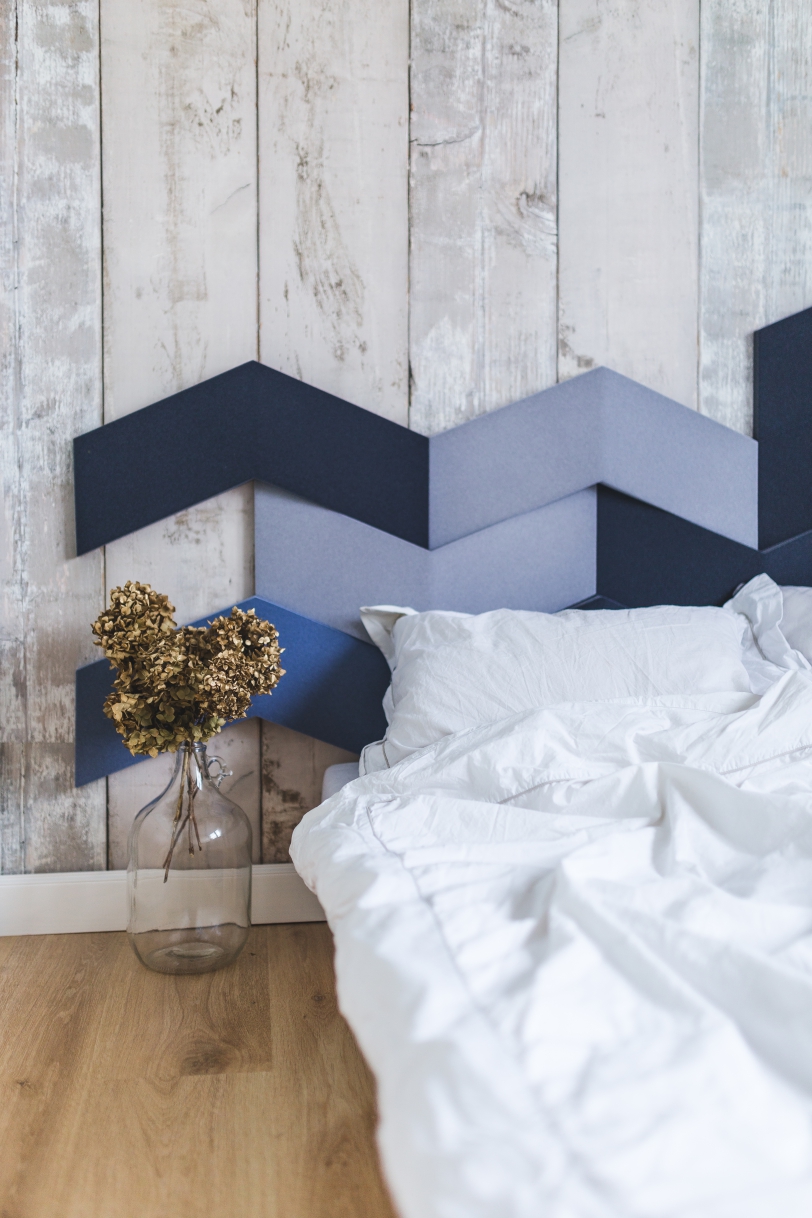Silicones occupy a gray area in beauty. Many swear by them. Many swear them off. And a lot of us are left confused about their role in our hair oils and BB creams. While this short primer on silicones in beauty products may not answer all of the questions surrounding this contested ingredient, hopefully, it will leave you with a better understanding of the debate, so you can make informed decisions when you shop for beauty products.
![]()
What Are Silicones?
Silicones are derived from silica, which is found in quartz and even sand. Common forms include cyclopentasiloxane, cyclohexasiloxane, dimethicone, and phenyl trimethicone.
Silicones unique texture can be described as slippery or velvety. In some forms, it’s used to enhance wound healing and improve the appearance of scars. Silicones have been used in beauty products since the 1950s.
Silicones in Beauty Products
Silicones impart a silky texture to both skin and hair. Depending on a given product’s formula, silicones may serve to insulate moisture and reduce tangles (as in a leave-in hair conditioner), temporarily create a smooth surface over skin/fill in pores (like most classic makeup primers), provide water-resistance (as in the case of waterproof sunscreen), and give skin a moisturized feel without an oily sheen (moisturizers, liquid foundations).
The Great Silicone Debate
You may have heard that despite silicones’ ability to lend skin and hair beautiful textures, silicones are unsafe. You may have even noticed some beauty products boasting that they’re “silicone-free.” Indeed, the accusations against silicones are as numerous as silicones’ functions. Let’s take a look at each one.
“Silicones clog pores and suffocate skin.”
Fortunately, this concern hasn’t been substantiated by published research. While it’s true that some individuals may have experienced unpleasant reactions to makeup primers or other silicone-containing skincare products, the molecular structure of silicones suggests that they’re unlikely to suffocate skin. Silicones are porous–they’re made up of large, widely-spaced molecules, meaning that they create a permeable barrier. Additionally, many silicones are volatile, which is a good thing. It simply means that their thick texture quickly evaporates without penetrating the pore lining. The American Academy of Dermatology (AAD) suggests that silicones in skincare products may even reduce redness, stinging, and sensitivity associated with cystic acne and rosacea.
If you have experienced a breakout associated with a silicone-containing product, take a look at the other ingredients. It’s possible that something other than the silicones disagreed with your skin. If you’d still like to give silicone-based primers a pass to be on the safe side, try Jouer Anti-Aging Moisture Primer.
“Silicones weigh hair down.”
In leave-in hair conditioners, shine serums, and heat protectants, silicones provide slip, softness, and sheen. All conditioning products have the potential to weigh hair down, however. Whether your hair products contain silicones, oils, or both, it’s wise to begin with a very small amount, concentrating on the ends of hair rather than the roots. If you find that your leave-in conditioning treatment weighs your hair down no matter what, consider switching to water-based leave-in product like EVOLVh SmartStart Leave-In Conditioner, which reduces frizz while boosting shine and manageability.
“Silicones are bad for the environment.”
The question of whether or not silicones persist in waterways to a damaging extent is currently being researched. Health Canada notes that certain silicones may have the potential to bioaccumulate in aquatic organisms. Unfortunately, the research on silicones and their environment impact is still young, but given the silicones’ potential to be pollutants, it wouldn’t hurt to use silicone products selectively–if at all. For a silicone-free line of hair products, check out Bröö, a collection of shampoos and conditioners made with actual beer (which is good to your hair!).
“Silicones will mess with your hormones.”
Endocrine disruptors, or substances that can interfere with your hormonal balance, are understandably a huge concern for many. In Europe, cyclopentasiloxane has been classified as an endocrine disruptor, but screening assessments demonstrated that the silicone should not pose a risk to humans at current levels of exposure. This seems like reason enough to mindfully use silicone products if you use them at all.
__
Although silicones are derived from natural sources, they undergo chemical processing before they reach our beauty products. Of course, an ingredient’s level of naturalness doesn’t always predict its safety or effectiveness, but because silicones undergo such processing, silicones may be on the “no” list for those adhering to a strictly natural regimen.
Ultimately, the decision to use silicones is yours. Thus far, research indicates that silicones may actually benefit skin rather than clog or suffocate it, and many silicone products create an undeniably beautiful finish for both skin and hair. There remain, however, important, unanswered questions about silicones, so stay tuned to this interesting debate.
Do you use silicone products–or do you swear them off?
Related: 10 Best 5-Free Nail Polish Brands
Facial Contouring without Makeup
3 DIY Beauty Products with Common Ingredients
Get more like this—Subscribe to our daily inspirational newsletter for exclusive content!
__
Photo: Kaboompics




